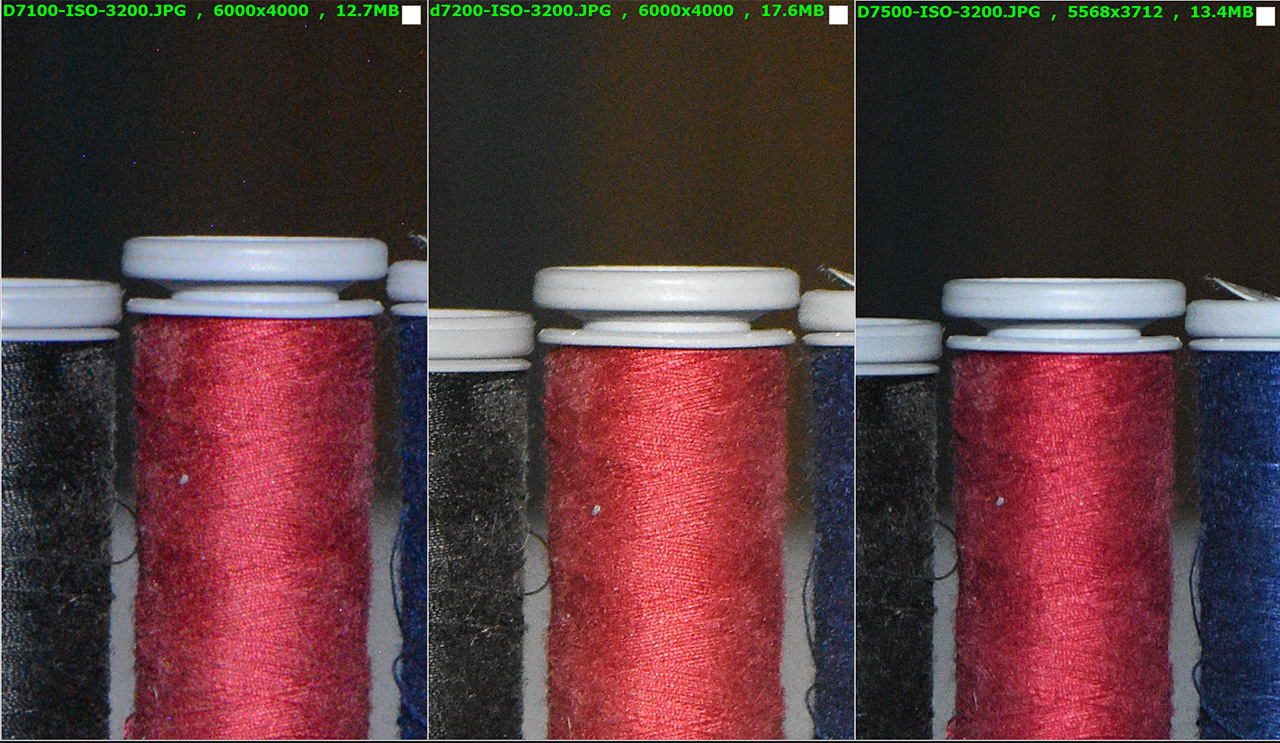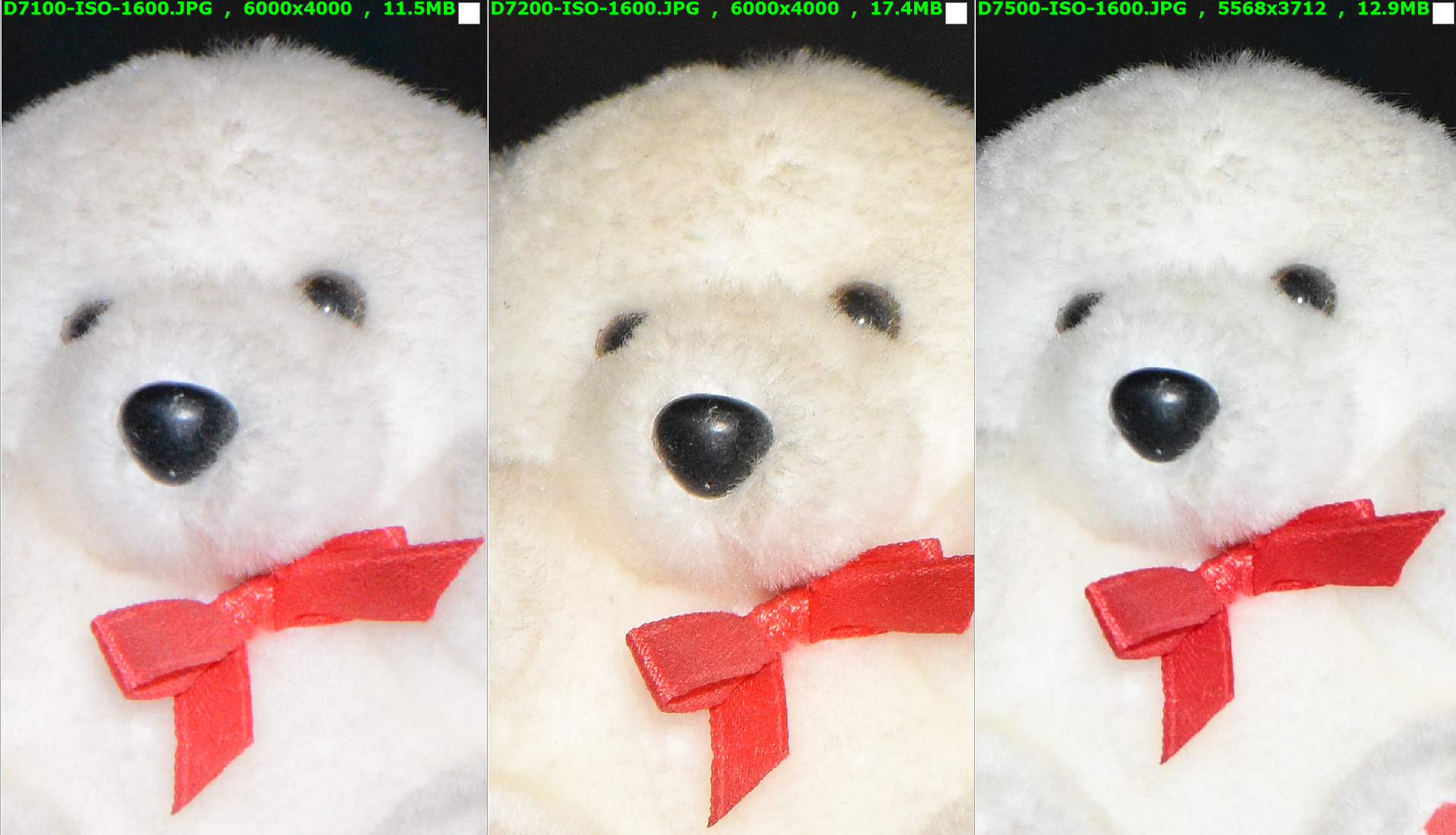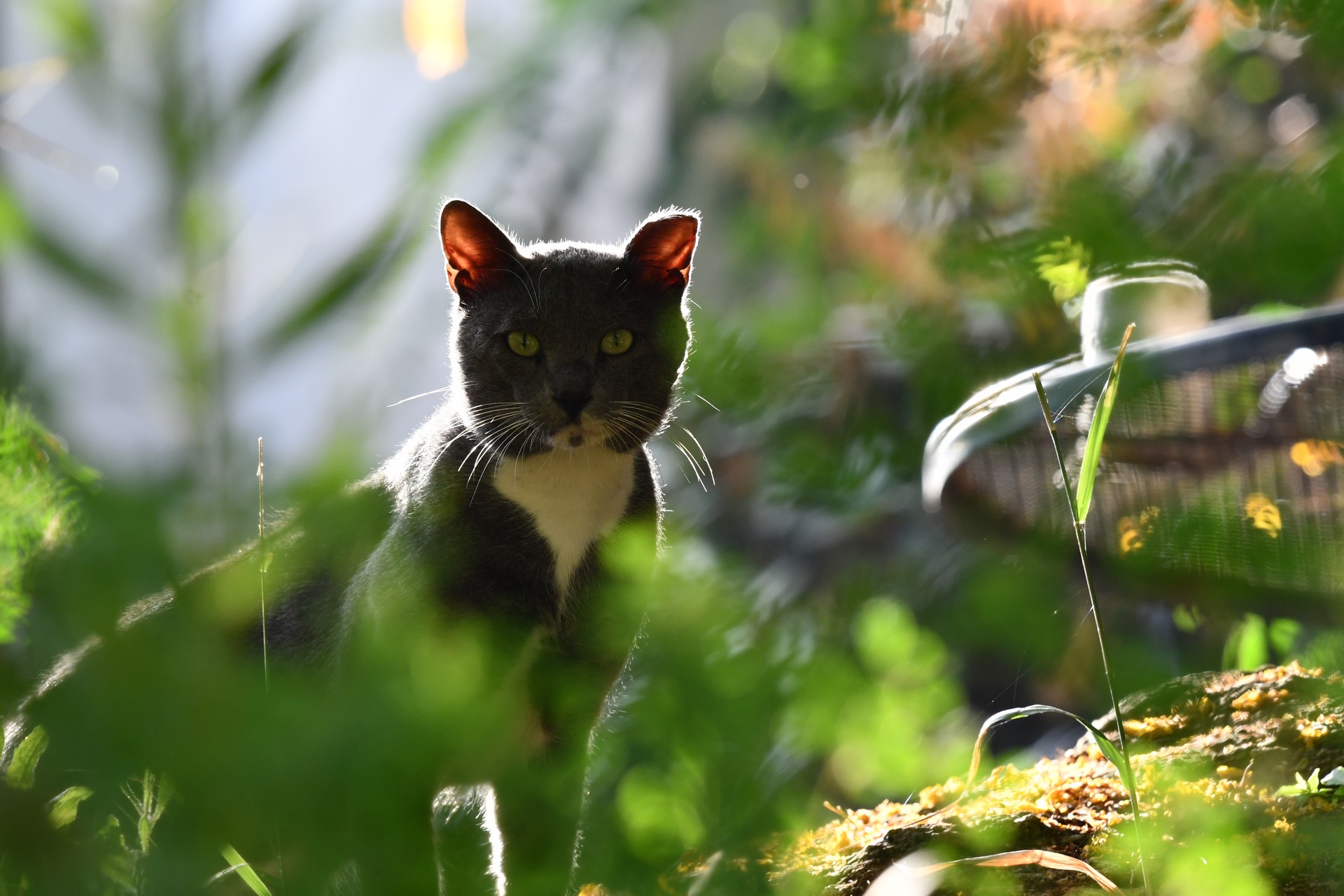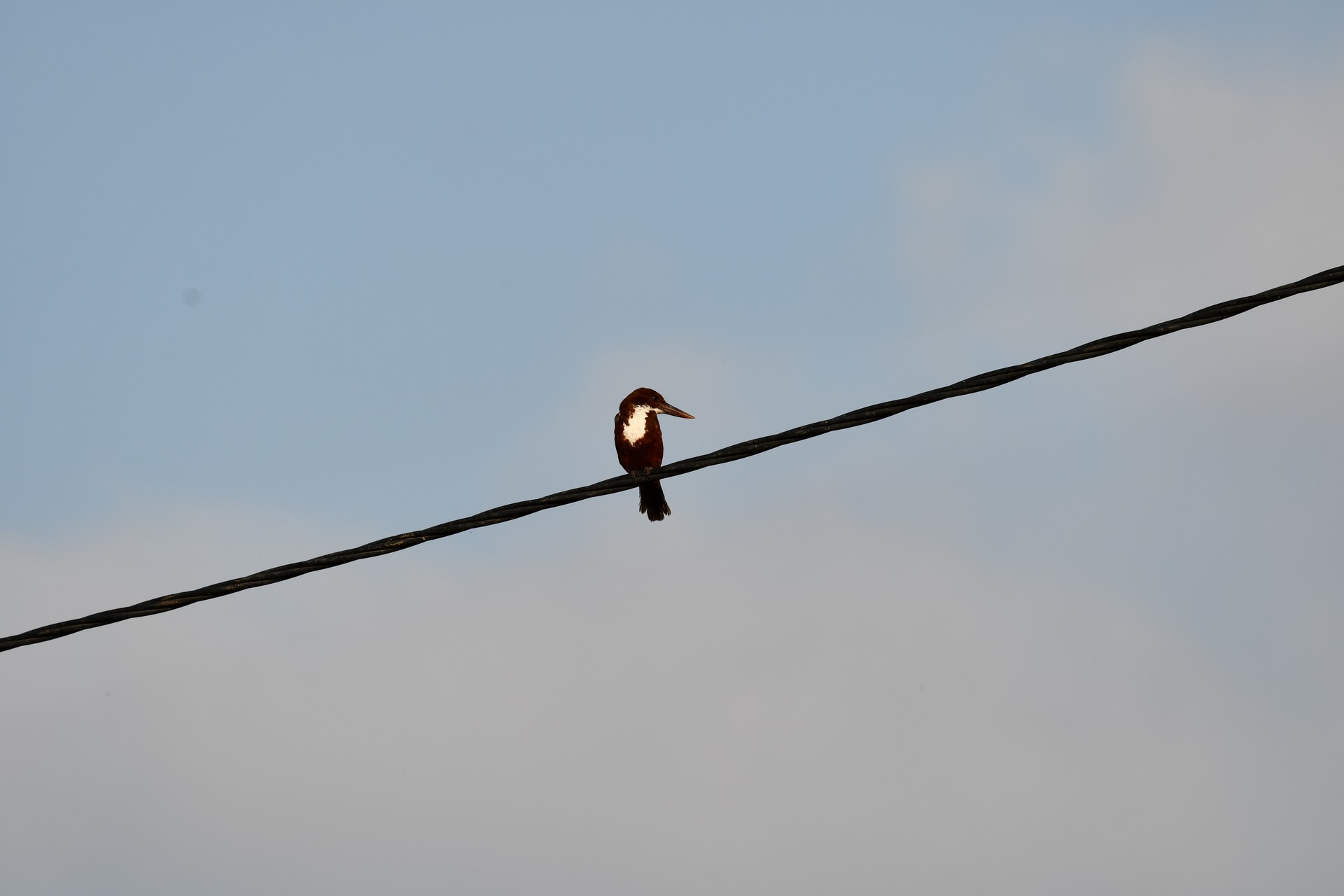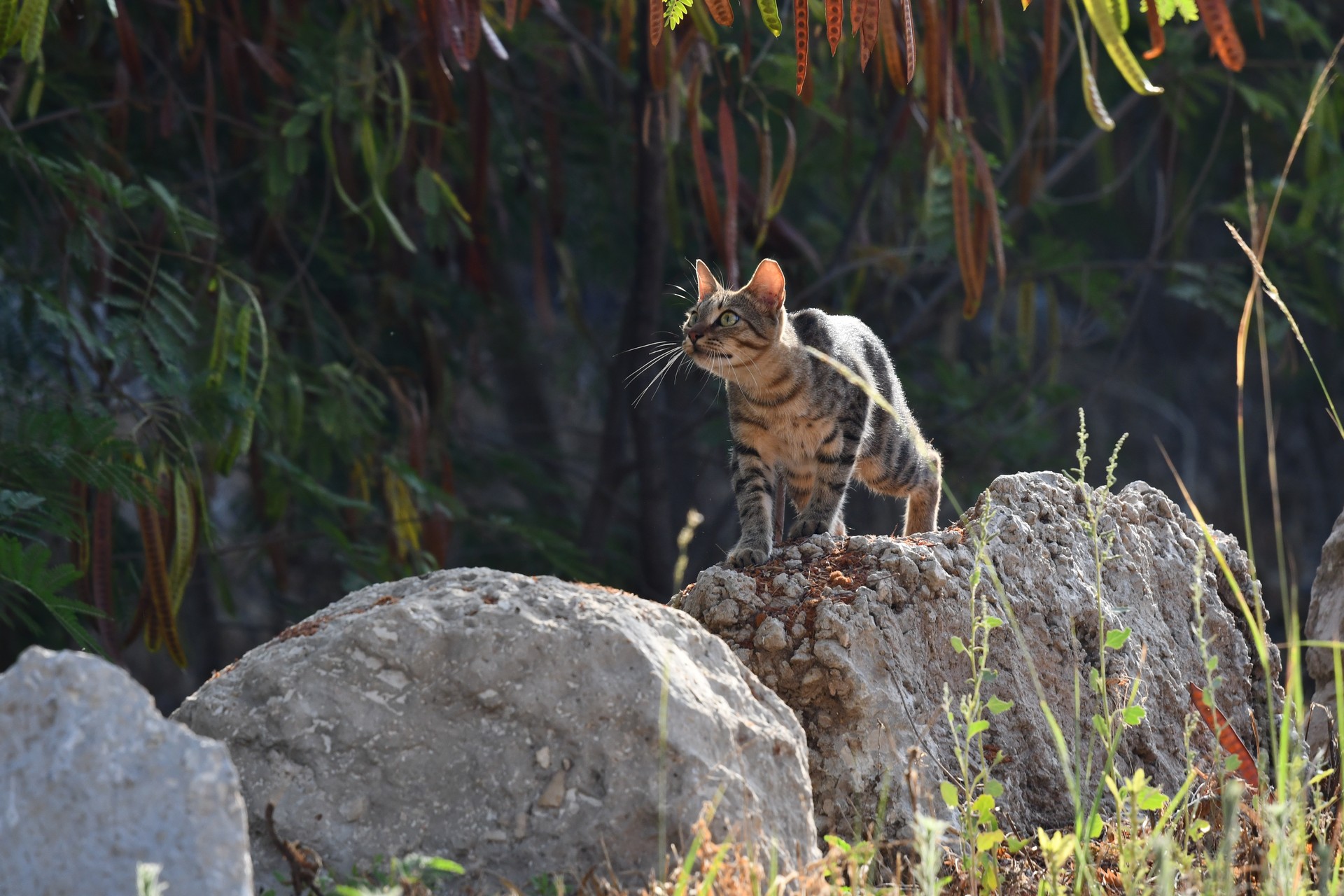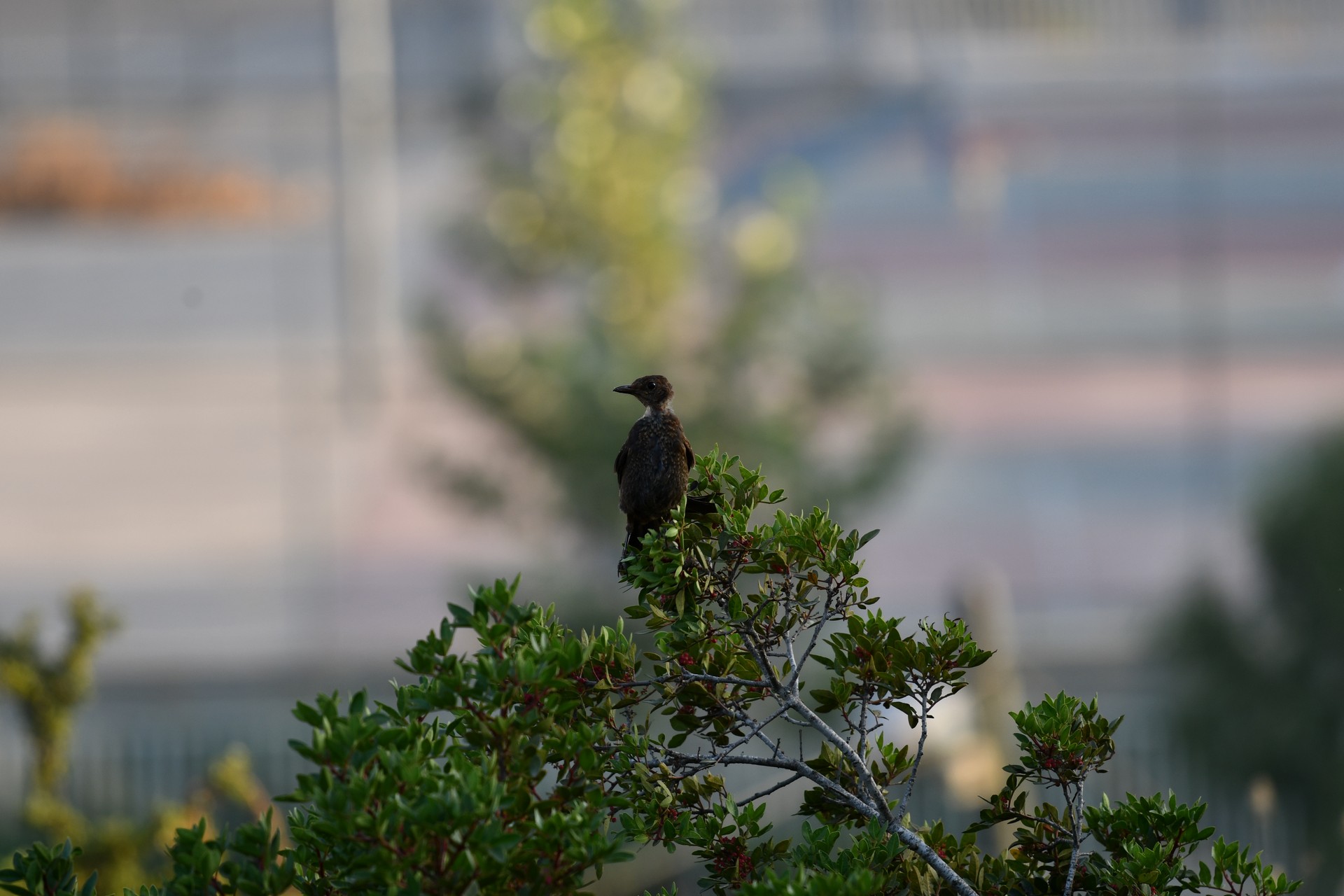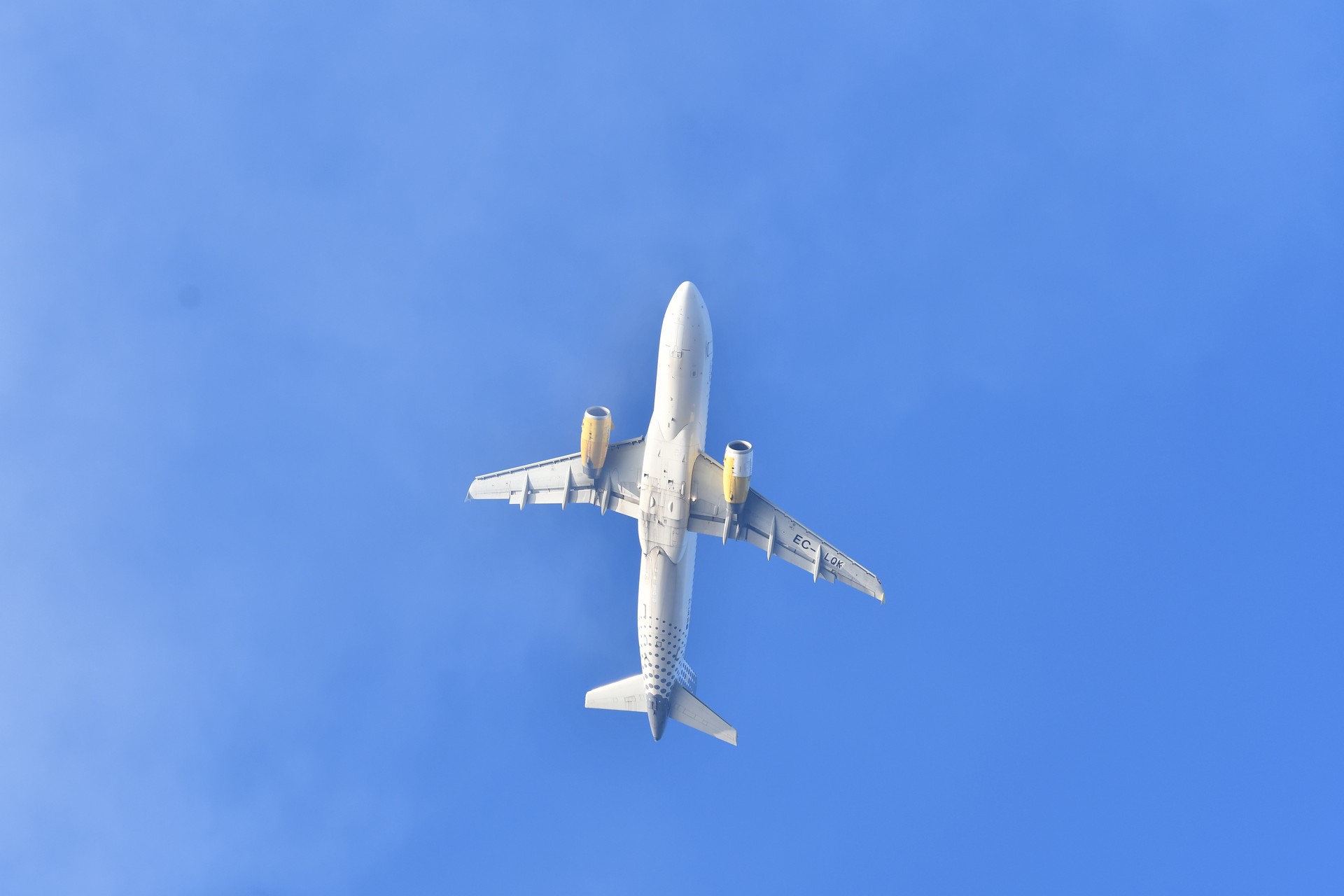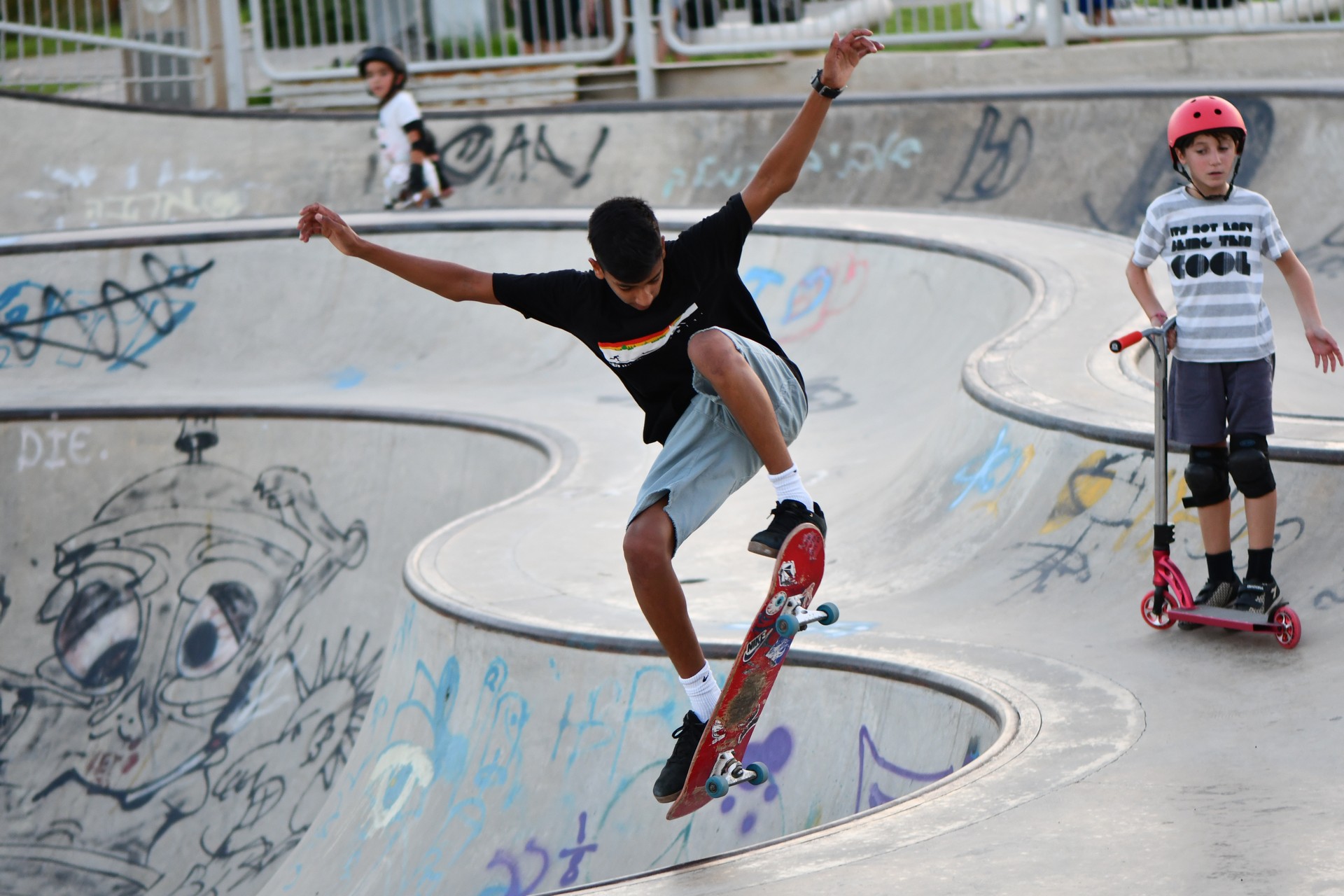Today we are going to look at the newest member of Nikon’s D7xxx series – the D7500 and try to determine what it brings to the table and who might be the target audience for this camera.
Less than two years ago we looked at Nikon’s previous most advanced member of the D7xxx series – the D7200 and how it compared to the D7100. On this review, we shall look at the D7500 vs. the D7200 as well as try to understand the camera’s true place in Nikon’s lineup.
Build quality and design
The D7500 is very well built like the rest of Nikon’s camera line. Externally the camera is not very different than the D7200, there are some minor changes like moving the stereo mics from the top of the camera, and the ISO button to the top of the camera (which is actually a welcome change). On the downside, Nikon did move the metering which we don’t appreciate that much – but with limited space, something got to move we guess.
The biggest external change is the new screen. It is truly fantastic, as good if not better than the one on the D500 and much better than that of the Sony A6500 that we use, with a tilt function, great viewing angles and amazing viewability in bright daylight and a really nice touch screen which has been upgraded from the D500 to also control the camera menus.
Fantasic LCD with new touch-capable menus

The camera has a new eye sensor which turns off the screen when you put your eye to the viewfinder but it can be a bit annoying at times when using the monitor.
Nikon finally moved to the common micro USB from its proprietary USB connector on the previous D7XXX cameras. We are still waiting for manufacturers to move to USB-C as a standard, but this will take at least another generation it seems. We also want to see USB charging in DSLRs – something that many mirrorless cameras allow and might be an option with USB-C.
Moving to micro USB (D7500 on the left vs. D7200 on the right), a full HDMI is not a surprise but it is very welcome (ahem… Sony)

Two changes that we do not like that much are the move to a single SD card slot (UHS-I only), down from the dual SD cards of previous D7xxx series cameras and all other advanced Nikon models as well as the choice of a different battery which gives 15% less official battery life than the D7200 (the EN-EL15a). That last one is regretful, although the battery life is still very good (do note that many 3’rd party batteries don’t seem to work with this camera – same as with the D500).
On the left the new EN-EL15a (from the D7500), in the center the older EN-EL15 and on the right a 3’rd party EN-EL15 (which will not work with the D7500/D500)

Besides these two we noticed that the camera has no connections for a battery grip/vertical grip which all previous D7xxx models had, something which apparently got quite a bit of negative reaction from Nikon’s customer base. We also discovered that the top screen is a bit smaller than that of the D7200 but we didn’t find it to be a major drawback.
On the plus side, the camera is a bit lighter than the D7200 and has fixed metal strap holders instead of those triangular ones that make noise on most other Nikon cameras.
Removing an SD card slot – a step back

Testing
We ran a number of tests on the D7500 to see how it performs.
We tested image quality in stills compared to the D7200 and the now quite old D7100. The results are very interesting although not entirely conclusive in our opinion. The D7200 (and the older D7100) has an advantage in terms of resolution and you can see it clearly in the images especially with the D7200. The D7200 also seems to perform more or less as well in terms of noise up to ISO 1600 but from ISO 3200 there is an advantage to the newer D7500 sensor although it isn’t huge and both cameras perform pretty well and don’t seem to break up. We would not use any of these cameras in ISO 6400 if we didn’t have to although the noise level of the D7500 at this high ISO is visibly lower than the two other cameras.
ISO Tests – the D7100 (left), D7200 (center) and D7500 (right)
We also noticed that the colors of the D7500 are more in tune with the older D7100 and to our eyes seems more accurate than those of the D7200 but this might be just a glitch or something wrong with our testing.
The D7500 seems to have more accurate colors than the D7200 (but maybe there was something wrong with our test)
The second test that we have done with has to do with the shooting speed and buffer. The D7500 shoot 2 frames a second faster than the D7200 at full resolution (no crop) and we did test the buffer and found it has 42 RAW (14BIT) images on the D7500 and only 22 RAW images on the D7200 -certainly a big improvement.
Our short AF test with the 105mm f/2.8 lens wasn’t really conclusive but from our actual use of the camera we have seen a pretty similar speed to the older D7200 and in general, different lenses affected the AF speed more than switching bodies.
Actual use
We had the D7500 for about a month and we used it with a number of Nikon lenses as well as the new Sigma 100-400mm lens which we recently reviewed and loved. In general, the D7500 performed well although we did run into a few “anomalies”.
The AF system for stills shooting functioned nicely most of the time but on a few occasions and with different Nikon and 3’rd part lenses we did get some miss focuses that we don’t think should have happened (there can be many reasons for that so we shall leave that one open).
The camera’s new 180k-pixel RGB metering sensor didn’t impress us and we tend to feel that in some situations the camera has been underexposed.
What is certainly not open to debate is the video on this camera. While the 4K quality out of the camera is very good, the AF in video is unusable by any standards with tons of hunting (just like the rest of Nikon’s current lineup). We continue to see this as Nikon’s biggest shortcoming in today’s market, one they might not be resolved in their DSLR lineup anytime soon. Bottom line – if you want usable video from this camera – MF is more or less your only choice.
4K sample shot handheld – tons of hunting (shot with the Nikon 105mm f/2.8 macro lens)

One other thing – the D7500 has the same 2.2x crop in 4K video as the D500 (something the new D850 finally eliminated). This is usually a bad thing because you need very wide angle lenses to shoot even at normal angles, but we did discover that for some macro video shots it can actually be pretty useful.
A small yet important advantage of the D7500 over the D7200 is the ability to change the aperture in both LV video mode and during actual video recording. This is something all Nikon cameras should allow (just like all Canon DSLRs do) including the D3XXX and D5XXX series cameras. Another small but nice change with the D7500 is that the Info is displayed by default on the back screen, but you can turn it off if you like from the menu – this is similar to what we had on our old Nikon D5000.
The D7500 like all new Nikon cameras has built-in wireless capabilities and includes Bluetooth 4.1. This allows for SnapBridge support, although we didn’t have a chance to really play with it to see if it improved since our original – and not too positive – experience with the app on the D500 last year.
Conclusion
The D7500 is a perplexing camera in our view. It takes a few of the D500 strongest features including the sensor, processor, and screen (which is even somewhat improved) and places them in a smaller and far less expensive body, creating a very capable action/sports stills camera.
The perplexing aspect is what Nikon decided to remove from the camera. We can understand the choice to stay with the existing AF system of the D7200 which isn’t half bad, but removing the second SD card slot, the grip option and probably the biggest drawback in our view – the elimination of legacy lens support is just taking the camera too far down in our view.
The D7500 = Not D6500 – a baby D500
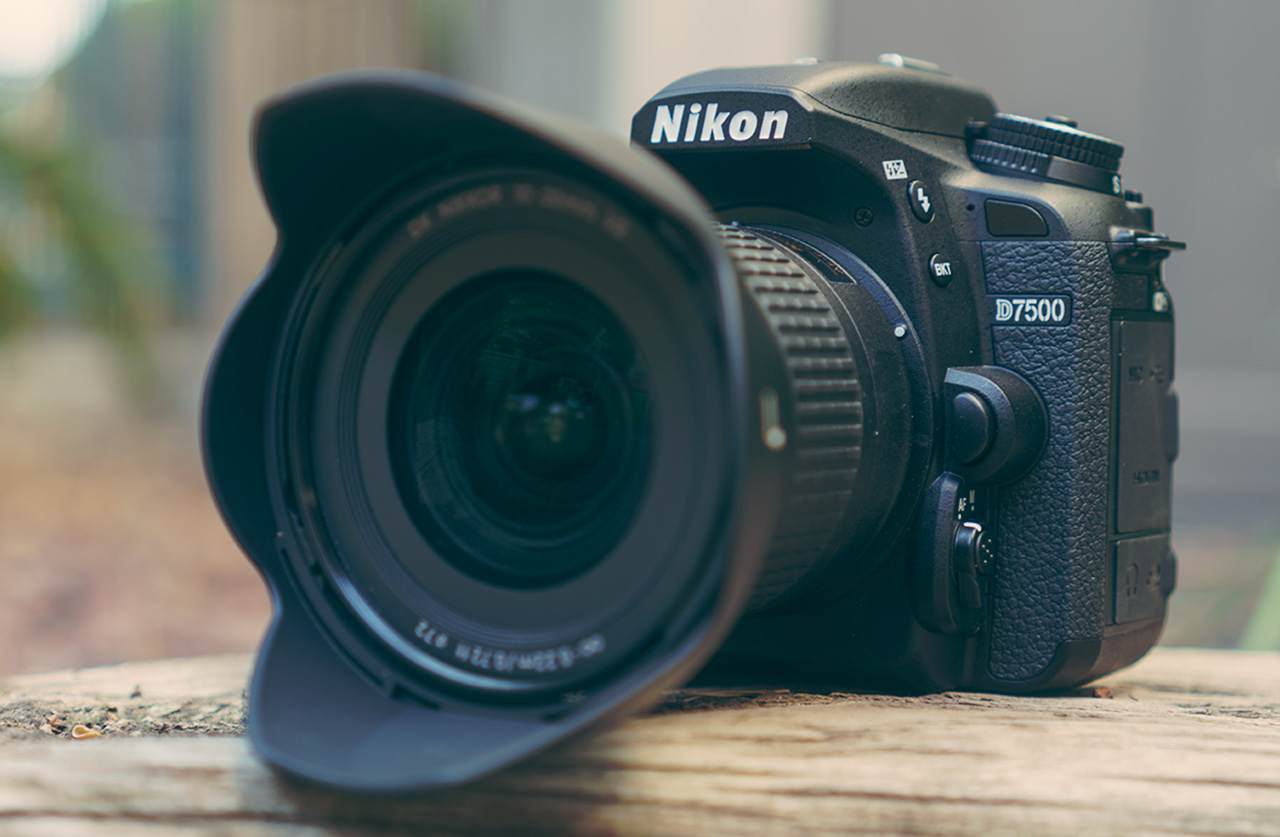
Some people went as far as to say that Nikon’s choices with this camera makes it no longer worthy of the D7xxx series title and instead it should have been called D6XXX something. We actually feel that the proper name should be “baby D500” because this is what it is in essence.
In terms of pricing – at the moment the D7500 sells for around $1250 – we expect this to go down a bit in the next few months to around $1100 which will be significantly less than the D500 which sells for around $1900 (the D7200 currently sells for around $1000).
At the end of the day we will say this – if you are shooting sports/action or just want the fast frame rates and the large buffer of the D500 and don’t want to spend close to $2K on that camera, the D7500 is a very decent option as long as you understand its limitations. For the rest us though, the D7200 will continue to be our recommended mid range all around APS-C DSLR for stills shooters – at least until Nikon will come up with a worthy successor.
A few examples shot with the Nikon D7500 on several different lenses including the Nikon 105mm f/2.8, Nikon 10-20mm and the Sigma 100-400mm
You can check out more LensVid exclusive articles and reviews on the following link.

You can support LensVid by shopping with our affiliate partners
Affiliates: Amazon, B&H, Adorama and E-bay.
Why should you trust us?

